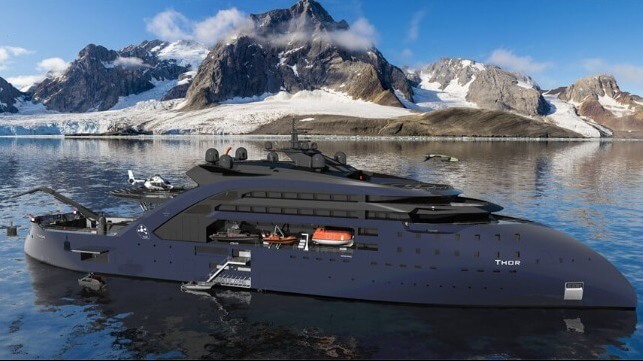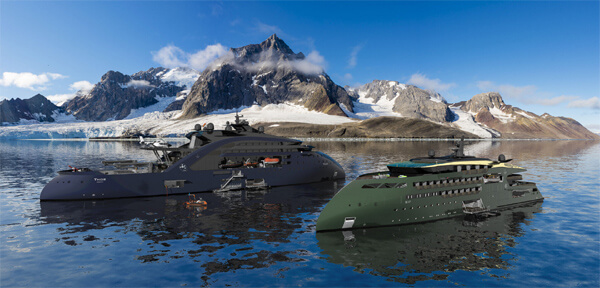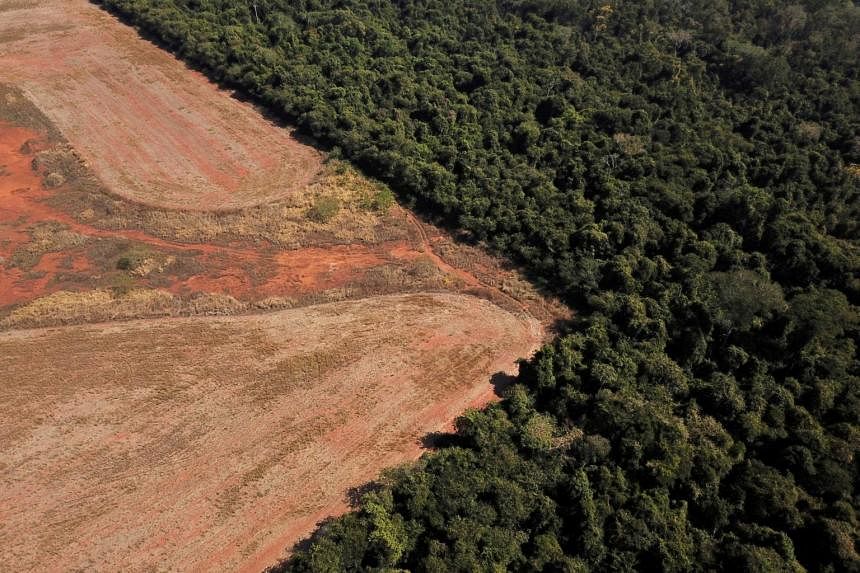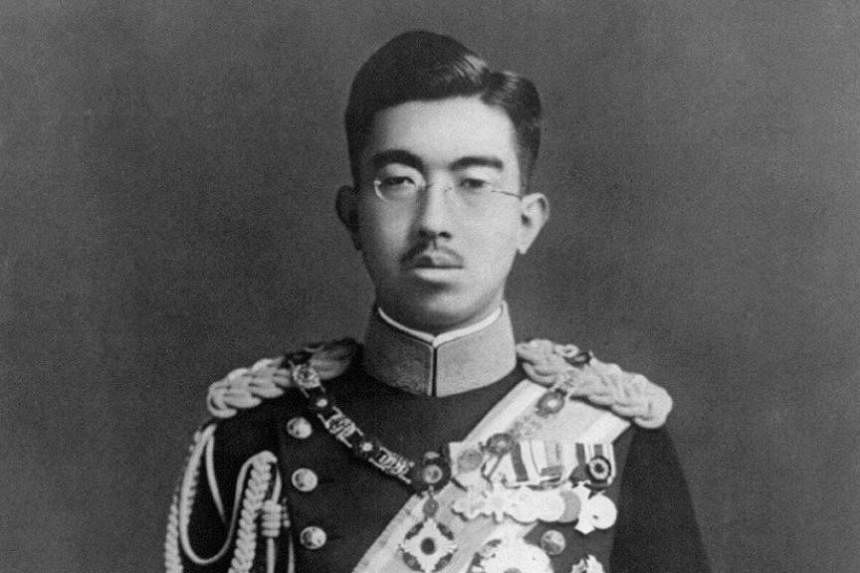The five conspiracy theories that Putin encouraged and ended up believing
The head of the Kremlin produced a speech before and during the invasion of Ukraine to justify it in the eyes of the world and for his own citizens. Earlier, he had broadcast them on his network of parastatal media
April 25, 2022
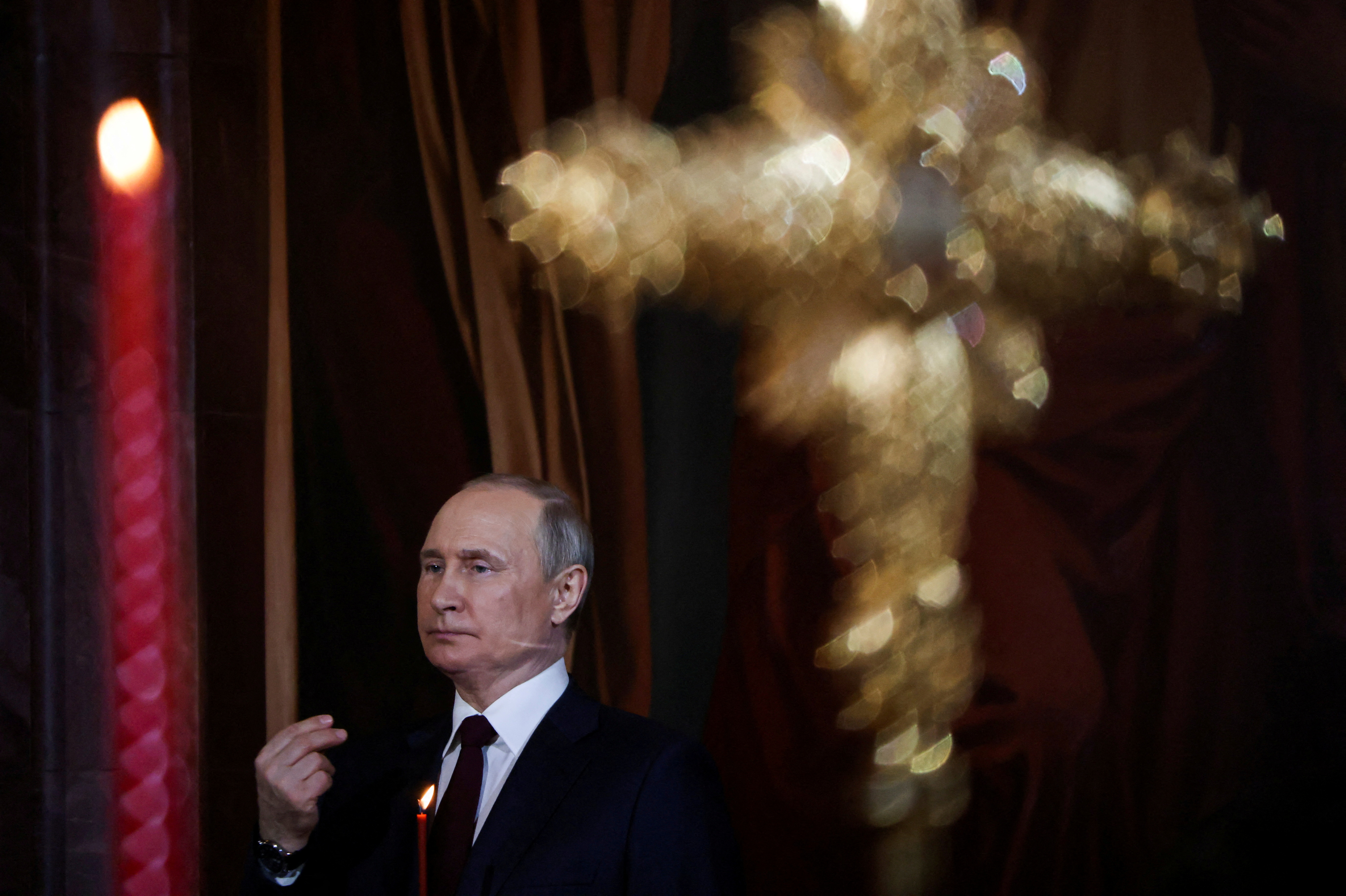
Russian President Vladimir Putin holds a candle as he attends the Orthodox Easter service at the Cathedral of Christ the Saviour in Moscow, Russia April 23, 2022. REUTERS/Maxim Shemetov TPX IMAGES OF THE DAY
Vladimir Putin's Russia is carried away by conspiracy theories.
For two decades, journalists and officials, according to the Kremlin, have happily spread misinformation. However unlikely or fantastic they were — that the CIA was plotting to evict Mr. Putin from power, for example — these stories served an obvious purpose: to strengthen the regime and ensure public support for his actions. Regardless of the personal opinions of members of the political class, it seemed clear that theories played no role in political calculations. They were stories designed to make sense of what the regime, for its own purposes, was doing.
It's not like that anymore. Since the beginning of the Russian invasion of Ukraine two months ago, the gap between conspiracy theory and state policy has been closed until it disappears. Conspiracy thought has completely taken over the country, from top to bottom, and now it seems to be the driving force behind the Kremlin's decisions. And Mr. Putin - who used to stay away from conspiracy theories, leaving its circulation to the state media and second-rate politicians - is its main promoter.
It is impossible to know what is inside Mr. Putin's head, of course. But judging by his bellicose and passionate speeches before the invasion and ever since, he may believe in the conspiracy theories he repeats. Here are five of the most common theories that the president has supported, with increasing fervour, over the past decade. Together, they tell the story of a regime that is disintegrating into a swamp of misinformation, paranoia and mendacity, at a terrible cost to Ukraine and the rest of the world.
The West Wants to Share the Territory of Russia
In 2007, at his annual national press conference, Putin was asked a strange question. What did you think about former US Secretary of State Madeleine Albright's comment that Russia's natural wealth should be redistributed and controlled by the United States? Putin responded that such ideas were shared by “certain politicians”, but that he was not aware of the comment.
That's because it was totally made up. Journalists from Rossiyskaya Gazeta, a state newspaper, had invented the quote claiming that Russian intelligence was able to read Mrs. Albright's mind. For years, there didn't seem to be any mention of it. Then, in 2015, the Secretary of the Security Council of the Russian Federation, Nikolai Patrushev, repeated it. She calmly reported that she had said that Russia should not control Siberia or its Far East, and that is why the United States was involved in Ukraine, where Russia was occupied fueling conflict in the eastern part of the country. At that time, it seemed that Mr Putin's colleague had lost her way.
But in May 2021, Putin proved that the theory had not been forgotten. Everyone, the president declared, “wants to bite or tear off a piece of Russia from us” because “it is unfair that only Russia possesses the riches of a region like Siberia.” A made-up quote had become a “fact”, legitimizing Mr. Putin's increasingly hostile approach to the West.
NATO has turned Ukraine into a military camp
NATO is Putin's worst nightmare: his military operations in Serbia, Iraq and Libya have sown fears that Russia will be the next target of the military alliance. He is also a convenient bogeyman who encourages the anti-Western element of Putin's electorate. In its rhetoric, NATO is synonymous with the United States, the military hand of the “collective West” that will suffocate Russia when it weakens.
So it makes sense that NATO is the subject of some of the regime's most persistent conspiracy theories, which see the organization's hand behind popular uprisings around the world. Since 2014, they have focused on Ukraine. Ever since the Ukrainian Maidan revolution that year, in which Ukrainians forced the removal of Russia's partisan Viktor Yanukovych, Putin and his subordinates have spread the notion that Ukraine was becoming a puppet state under the control of the United States. In a lengthy essay published in July 2021, Mr. Putin gave full expression to this theory, stating that Ukraine was totally controlled by the West and that NATO was militarizing the country.
His speech on 21 February, a few days before the invasion, confirmed that NATO activities in Ukraine - which dragged the country into the orbit of the West - were, for Mr. Putin, the main reason for Russian aggression. Crucially, NATO was what divided Russians and Ukrainians, who were otherwise, in their opinion, one people. It was the military activity of the West that turned Ukraine into an anti-Russian country, harboring enemies seeking the humiliation of Russia.
The opposition wants to destroy Russia from within - and is backed by the West
NATO and the West are not only threatening Russia abroad. They also cause problems indoors. Since at least 2004, Mr. Putin has been wary of the internal opposition, fearing a Ukrainian-style revolution. The fortress Russia, always undermined by foreign enemies, became a feature of the Kremlin propaganda. But it was the Maidan revolution that brought about a confluence in the Kremlin's messages: dissidents not only brought discord to Russia, but also did so under the orders of the West. The goal was to turn Russia into chaos like that of Ukraine.
In this line of thought, the opposition forces were a fifth column that infiltrated the country, which was otherwise pure, which led to the marking of activists, journalists and organizations as foreign agents. Although Mr. Putin never dared to speak the name of his most staunch critic, Alexei Navalny, Putin stated that Mr. Navalny was a CIA agent whose research work used “materials from the US special services”. Even Mr. Navalny's poisoning in August 2020 was, according to the president, a plot perpetrated to tarnish Mr. Putin's reputation.
The cleansing of the domestic opposition — ruthlessly undertaken by the Kremlin in recent years — can now be seen as a prerequisite for the invasion of Ukraine. Since the war began, the last vestiges of independent media have been closed and hundreds of thousands of people have fled Russia. Any criticism of the war can lead the Russians to jail for 15 years and win them the title of traitors, who work nefariously in the service of Russia's Western enemies. In a sign that the association of dissent with foreign enemies is now complete, Mr. Putin's supporters have begun to mark the doors of opposition activists.
The global L.G.B.T.Q. movement is a plot against Russia
This statement — starkly captured by Mr. Putin's statement that in the West “children can play five or six gender roles”, which threatens Russia's “core population” — has been brewing for a decade. A criminal case in 2012 against Pussy Riot, an anarchic punk band critical of the regime, was the turning point. The Kremlin tried to portray the band and its followers as a group of sexually subversive provocateurs whose goal was to destroy the Russian Orthodox Church and traditional values. The allegations were extended to foreign non-governmental organizations and L.G.B.T.Q. activists, accused of corrupting Russians since childhood. Soon, alarmism against L.G.B.T.Q. became a fundamental pillar of Kremlin policy.
It was remarkably effective: in 2020, one-fifth of Russians surveyed said they wanted to “eliminate” lesbians and gays from Russian society. They were responding to a propaganda campaign, carried out by the state media, which claimed that the rights of gays and lesbians were an invention of the West, with the potential to destroy Russian social stability. Putin, in presenting his party's manifesto ahead of the 2021 parliamentary elections, went one step further: he stated that, when the West did not attempt to abolish the concept of gender, teachers in schools were allowed to decide the sex of children, regardless of wishes of parents. It is, he said, a crime against humanity.
The West's progressive attitudes towards sexual diversity ended up playing in favor of the Ukrainian war effort. In March, Patriarch Kirill, head of the Russian Orthodox Church, stated that the invasion was necessary to protect Ukrainian Russian-speakers from a West that insists that any participant in his club of nations hold a gay pride march. The alleged depredations of the rights of the LGB.T.Q. had to be answered with just force.
Ukraine is preparing biological weapons for use against Russia
This conspiracy theory, the most recent of the Kremlin's great hoaxes, has flourished since the beginning of the war, although it echoes Putin's statements in 2017, when he accused Western experts of collecting biological material from Russians for scientific experiments.
In the second week of the war, regime-related bloggers and later high-ranking politicians, including Foreign Minister Sergei Lavrov, claimed that Russian intelligence had obtained evidence that the United States and Ukraine were developing biological weapons — in the form of bats and sick birds - to spread viruses in Russia. The Ministry of Defence suggested that it had unearthed documents confirming the collaboration.
To add weight to the claim, state media repeated a comment made by Tucker Carlson, a Fox News anchor, that the White House was involved in biological warfare against Russia in Ukraine. There was, of course, no credible proof of any of that. But the story spread throughout Russia, and the Kremlin even convened a meeting of the UN Security Council to discuss it. After all, Hunter Biden was probably funding it.
All these five conspiracy theories, and many more, have found their place in wartime Russia. They are used to justify the war in Ukraine, both by ordinary citizens and by the Kremlin. In addition, conspiracy theories have become a way of rejecting the growing evidence of Russian atrocities, which instead present themselves as foreign traps. Bucha's crimes, for example, were immediately blamed on Ukrainians, who apparently staged the photos or killed innocent people to start the Russian army. Meanwhile, Hollywood is believed to be working hard to produce scenes of mass poisoning to further discredit Russia. The CIA is weaving its net.
From word battles on talk shows and online, conspiracy theories have effectively become a weapon that kills real people. That's scary enough. But the most frightening thing is that Mr. Putin, waging war without brake, seems to believe them.
(C) The New York Times.
SEE
